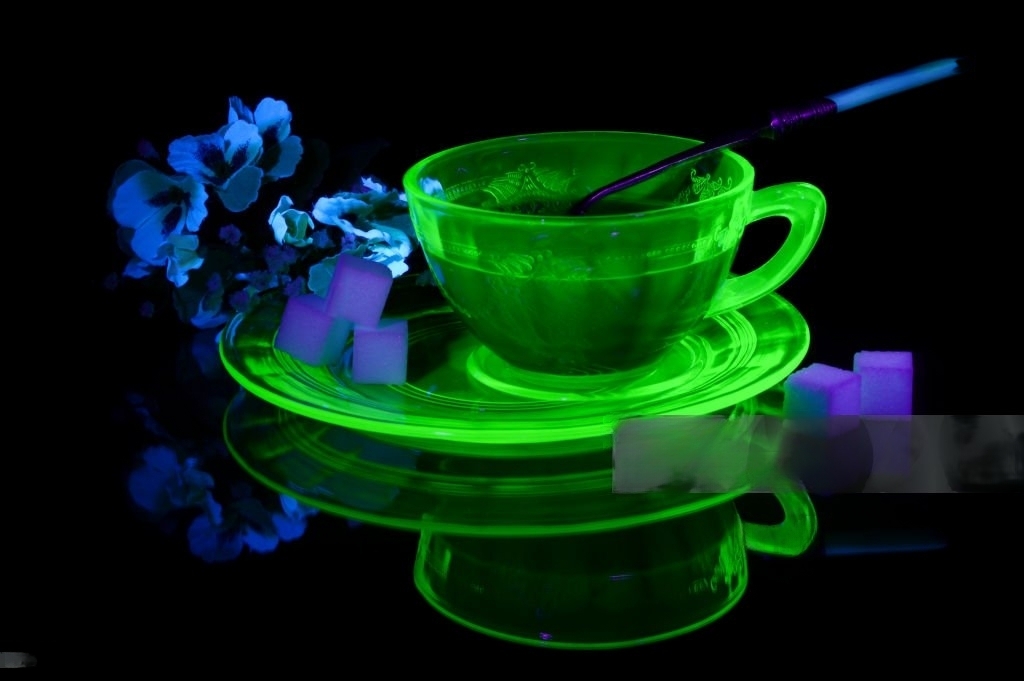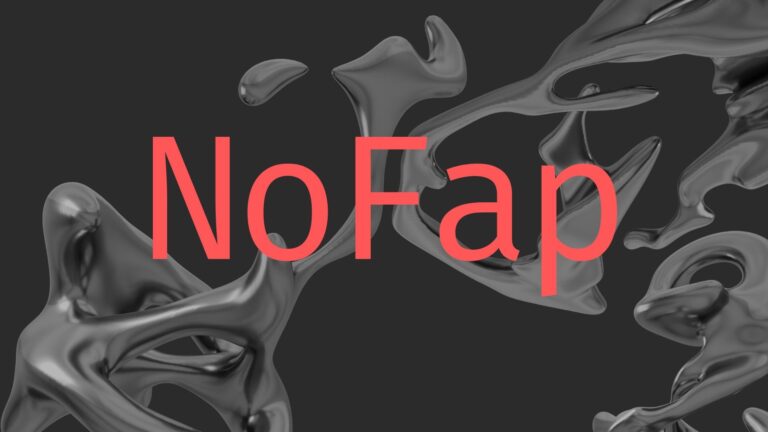Table of Contents
ToggleUranium glass, also known as Vaseline glass or Depression glass, is a captivating and intriguing material that has captured the imagination of collectors, historians, and scientists alike. This unique type of glass, characterized by its distinctive green or yellow hue, has a fascinating history that spans centuries and is intertwined with the complex world of nuclear science and technology.
Origins and Early History
The origins of uranium glass can be traced back to the late 18th century, when the addition of uranium compounds to molten glass was first discovered as a way to create a vibrant, fluorescent color. This technique was initially used in the production of decorative glassware, such as vases, bowls, and tableware, and was particularly popular in the late 19th and early 20th centuries.
One of the earliest known examples of uranium glass dates back to the 1830s, when German glassmakers began experimenting with the use of uranium oxide to create a distinctive yellow-green hue. This new type of glass quickly gained popularity, and by the late 1800s, it was being produced in large quantities across Europe and North America.
The heyday of uranium glass production occurred during the early 20th century, when the material was widely used in the manufacture of a wide range of household items, including drinking glasses, ashtrays, and even children’s toys. This period, often referred to as the “Depression glass” era, saw the mass production of affordable, brightly colored glassware that was highly sought after by consumers.
The Chemistry of Uranium Glass
The distinctive color of uranium glass is the result of the interaction between the uranium compounds and the other materials used in the glass-making process. When uranium oxide is added to the molten glass, it undergoes a series of chemical reactions that produce a range of colors, from pale yellow to deep green, depending on the concentration of the uranium and the specific composition of the glass.
The uranium compounds used in the production of uranium glass are typically in the form of uranium oxide (UO2) or uranyl nitrate (UO2(NO3)2). These compounds are added to the glass mixture, which typically consists of silica, soda, and other minerals, and then heated to extremely high temperatures to create the final product.
During the heating process, the uranium compounds undergo a series of complex chemical reactions that result in the formation of various uranium-containing compounds within the glass matrix. These compounds, such as uranyl silicate (UO2SiO4) and uranyl phosphate (UO2PO4), are responsible for the characteristic fluorescent glow and color of uranium glass.
The intensity of the color and the degree of fluorescence in uranium glass can be influenced by a number of factors, including the concentration of uranium, the specific composition of the glass, and the presence of other additives or impurities. In general, the higher the concentration of uranium, the more intense the color and the brighter the fluorescence.
Radioactivity and Safety Concerns
One of the most intriguing and controversial aspects of uranium glass is its radioactivity. Uranium, being a naturally occurring radioactive element, emits low levels of radiation that can be detected with specialized equipment. This has led to concerns about the safety of using uranium glass, particularly in the production of food and beverage containers.
While it is true that uranium glass does contain small amounts of radioactive material, the levels of radiation emitted are generally considered to be very low and pose little to no risk to human health. In fact, the amount of radiation emitted by a typical piece of uranium glass is comparable to the natural background radiation that we are exposed to on a daily basis.
Despite these reassurances, the use of uranium in the production of glassware has been the subject of ongoing debate and regulation. In some countries, the use of uranium glass in the manufacture of food and beverage containers has been banned or heavily restricted, while in others, it remains a popular and collectible item.
The Legacy of Uranium Glass
Despite the controversies and concerns surrounding its radioactivity, uranium glass has maintained a devoted following among collectors and enthusiasts. The unique color and fluorescent properties of this material have made it a highly sought-after item, with rare and valuable pieces commanding high prices on the antique and collectible markets.
Beyond its aesthetic appeal, uranium glass has also played a significant role in the history of science and technology. The development of uranium glass production techniques in the late 19th and early 20th centuries was closely tied to the growing understanding of the properties of radioactive materials and the emerging field of nuclear science.
Today, uranium glass continues to be studied and analyzed by scientists and researchers, who are interested in understanding the complex chemical and physical processes that give this material its distinctive properties. From the study of the specific compounds and structures within the glass to the investigation of its radioactive properties, the exploration of uranium glass remains an active area of scientific inquiry.
In conclusion, uranium glass is a fascinating and multifaceted material that has captured the imagination of people around the world. Its rich history, unique chemistry, and ongoing scientific relevance make it a captivating subject of study and exploration. Whether you are a collector, a historian, or simply someone with a curiosity about the natural world, the story of uranium glass is one that is well worth exploring.













+ There are no comments
Add yours